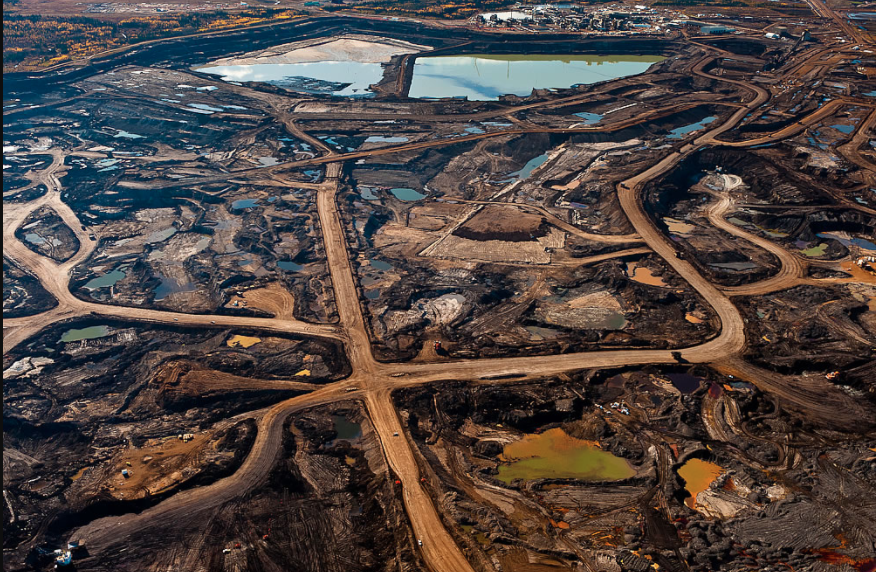*
From Florida to Western Australia, our brethren and sistren, the bottlenose dolphins, are dying horribly. The culprits are the moneyed, banker-backed, government subsidized villains: Big Oil, Big Gas and Big Coal.
Each second, the heat from combusting fossil fuels is the equivalent of dropping five Hiroshima-style bombs into the oceans. Since 1994, that’s 3.6 billion atomic bombs worth of fossil fuel heat absorbed by the oceans. The oceans drive Earth’s habitable climate.
For every 1oC (1.8oF) increase, Earth’s atmosphere holds seven percent more moisture. Hence there are more extreme climate rain events today compared with a quarter century ago.

Image credit: Vox





